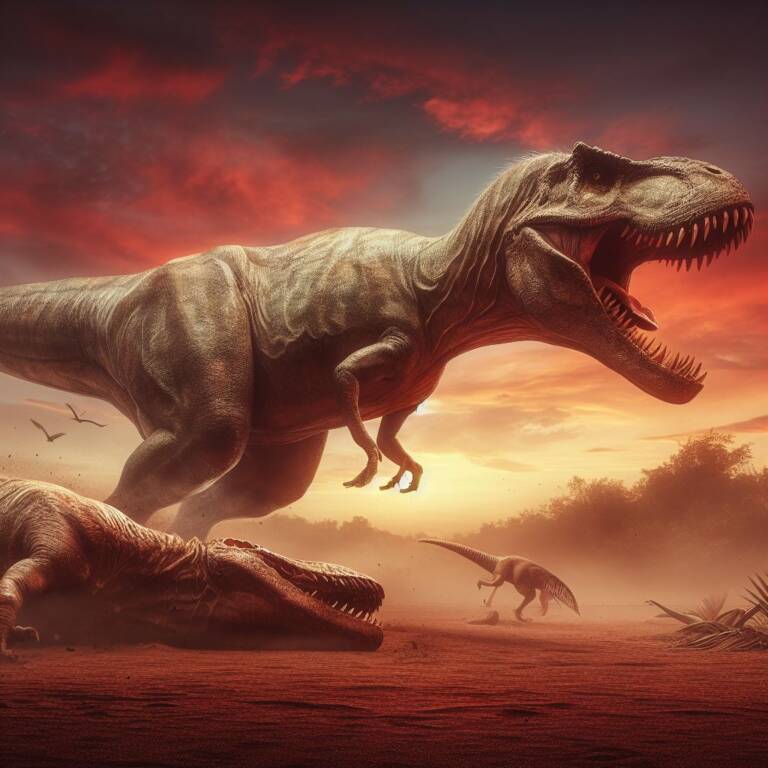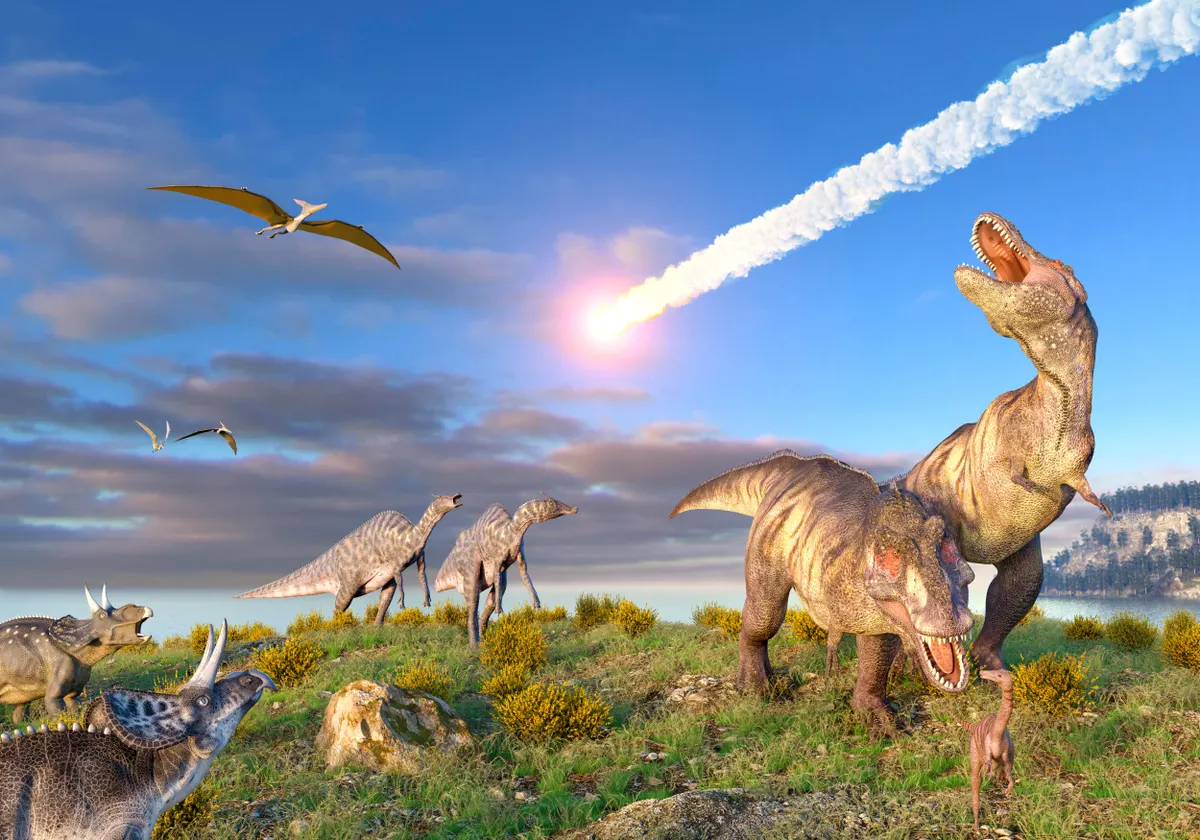Dinosaur extinction: new calculations cast doubt on the asteroid

Perhaps the worst time to be alive on planet Earth was about 66 million years ago.
In modern-day India, an area the size of Texas called the Deccan Traps has been violently erupting lava for about a million years. Volcanic eruptions spewed trillions of tons of climate-altering greenhouse gases into the atmosphere, as well as noxious fumes that blanketed the planet. The lava cover resulting from the Deccan Traps at its maximum covered half of India.
On the other side of the globe, an asteroid the size of Mount Everest slammed into the Yucatán Peninsula, unleashing devastating tsunamis, earthquakes that exceeded the Richter scale, and a torrent of fireballs that slammed into Earth.
The global atmosphere was choked by sun-blocking sulfur, heat-trapping carbon dioxide, and dust kicked up by both events, causing tumultuous temperature swings that ultimately killed most of the dinosaurs.
But which force played the leading role in the demise of the dinosaurs – the volcanoes or the asteroid – is still the subject of heated debate, with strong feelings on both sides.
Now a computer-driven equation has tried to understand what triggered the great extinction.
Are volcanoes to blame?
A sophisticated model that essentially reverses cause and effect has found that volcanic eruptions alone could have caused the drastic climate changes that killed off the dinosaurs, researchers report Thursday in the journal Science.
“This study does not say that the asteroid was irrelevant to the extinction of the dinosaurs,” said Alexander Cox, a computational biologist and co-author of the study at Dartmouth College. “It just means that these kinds of environmental disturbances can be caused by volcanic eruptions.”
To understand precisely what caused this die-off, called the Cretaceous-Paleogene mass extinction, it is necessary to establish the timing. There is strong evidence that when the asteroid – which left behind the Chixculub crater – collided with Earth around 66 million years ago, the Deccan Traps had already been erupting for around 300,000 years. But understanding how and when each individual event affected the atmosphere has been difficult, with many analyzes influenced by pre-existing assumptions, Cox said.
Reconstructing extinction
To get a more objective look, Cox and his colleague Brenhin Keller , also of Dartmouth, built a model that tries to work backwards, taking as given the effects of these events in the fossil record – evidence of temperature changes, carbon and sulfur deposits and indications of a mass die-off – and seeing what might have caused them.
“It's the same kind of machine learning that your smartphone uses to predict what's going to happen,” Cox said. The model examined more than 300,000 possible carbon and sulfur emissions scenarios to see which best matched the climate upheavals and changes in biological productivity evident in the fossil record.
The best scenario turned out to be one that did not involve the asteroid. Instead, the trillions of tons of carbon dioxide and sulfur emitted by volcanoes may primarily explain the climate change that killed the dinosaurs, the researchers concluded.
The largest extinction in the history of life, that of the Permian-Triassic , is also suspected to have been caused by volcanic activity, this time in Siberia.
And the asteroid?
It is likely that the asteroid killed many dinosaurs, both from the impact and its lingering effects. But this analysis suggests that it had a relatively minor role in reshaping the atmosphere, and that dinosaurs were likely on the verge of extinction even before the Chixculub impact.
But not everyone is convinced by the study. “The work is new and interesting,” said James Zachos, a paleontologist at the University of California Santa Cruz who was not involved in the study. But “it is only as good as proxy recordings, many of which are limited in resolving short-lived events,” he said. He argues that emissions from an asteroid impact are harder to detect over short timescales, suggesting that this analysis may underestimate the asteroid's role.

Thanks to our Telegram channel you can stay updated on the publication of new Economic Scenarios articles.
The article Dinosaur extinction: new calculations cast doubt on the asteroid comes from Economic Scenarios .
This is a machine translation of a post published on Scenari Economici at the URL https://scenarieconomici.it/estinzione-dei-dinosauri-nuovi-calcoli-mettono-in-dubbio-lasteroide/ on Sat, 30 Sep 2023 19:29:21 +0000.

